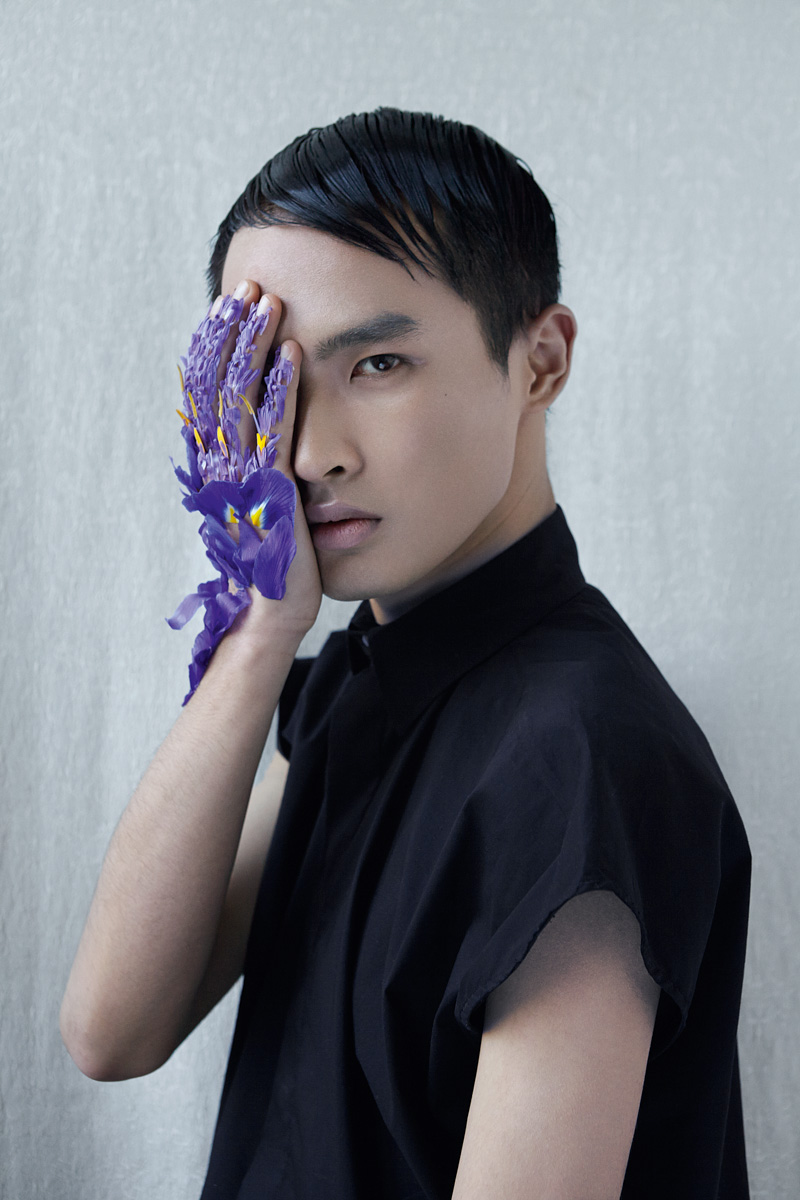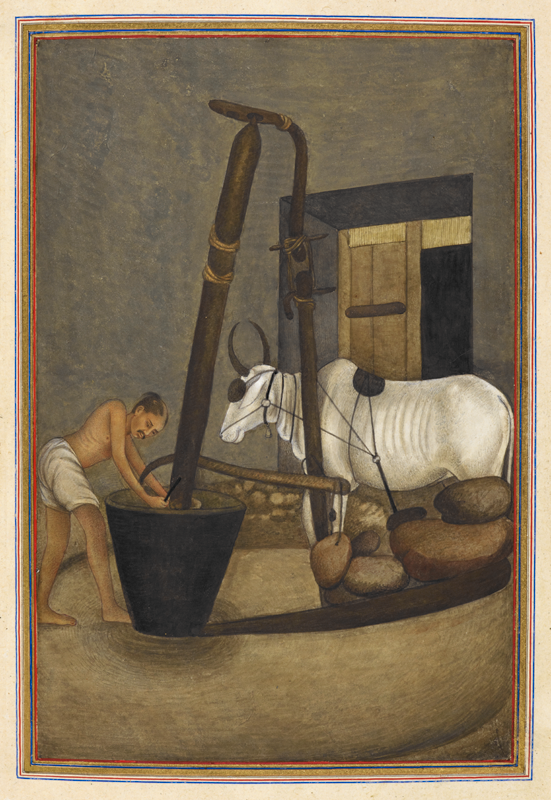
 |
Photographs by Isabelle Chapuis |
Dying Zoo Worker Gets Goodbye Kiss From Giraffe
CLICK to 5:40 In the video, If you just want to get to the Giraffe Kiss.A terminally ill zoo worker got a goodbye kiss from a giraffe after he was wheeled in to see the zoo animals one last time.
The 54-year-old mentally handicapped man named Mario had worked as a cleaner at the Rotterdam Zoo in the Netherlands for approximately 25 years. After being diagnosed with terminal cancer, he wanted to say goodbye to the animals.After Mario was brought to the zoo on a stretcher by the Dutch Ambulance Wish Foundation, one of the zoo's giraffes reached down and nuzzled Mario for a goodbye kiss.
Thomas Francis "Tom" Neale (November 6, 1902 – November 27, 1977) was a New Zealander bushcraft and survival enthusiast who spent much of his life in the Cook Islands and 16 years in three sessions living alone on the island of Anchorage in theSuwarrow atoll, which was the basis of his popular autobiography.










7.10.1952 - 24.6.1954 Tom's first stay on Suwarrow.
19.6.1956 Tom married Sarah Haua Marsters in Rarotonga.
16.11.1956 Son Arthur Frederick born in Auckland, New Zealand.
16.2.1958 Daughter Stella born on Palmerston, Cook Islands.
23.4.1960 - 27.12.1963 Tom's second stay on Suwarrow.
1.7.1967 Tom's third stay on Suwarrow. Tom works with the pearl divers. He remains on the atoll after they have left.
1969 His daughter Stella visits Tom on Suwarrow.
29.7.1972 Tom's divorce in Rarotonga.
15.12.1976 Stella visits her father for the second time.
March 1977 The yacht "Feisty Lady" informs Rarotonga that Tom is seriously ill. The schooner "Manuvai" evacuates him from the island on 11.3.1977
30.11.1977 Tom dies from stomach cancer and is buried at the RSL Cemetery in Rarotonga.
As at 2001, Tom's son Arthur Frederick Neale lives on Manihiki Atoll where he operates a black pearl farm. He is divorced and has three children: Meleilani aged 24, Thomas aged 17, and Joshua aged 12.
His daughter Stella Neale-Kenyon lives in Auckland and has three children: Sarah-Elyss aged 8, Milton aged 6, and Marlow aged 3.
Tom's ex-wife Sarah Haua now lives on Palmerston Island. She is 76 years old.
Tom Neale And The Suwarrow Atoll (Anchorage Island)
List of some currently uninhabited islands
An avenue of clothes washings between 138th and 139th Street apartments, just east of St. Anne's Avenue, Bronx, New York
Photographer
Russell LeeCreated
November 1936
New York, New York. 1938. East 62nd Street, between 1st Avenue and the river
Photographer
Sheldon DickCreated
1938
New York, New York. Drinking fountain in Central Park on Sunday
Photographer
Marjory CollinsCreated
September 1942
New York, New York. Policeman obliges three Sunday stroller in Central Park by taking their photographs

























































































































